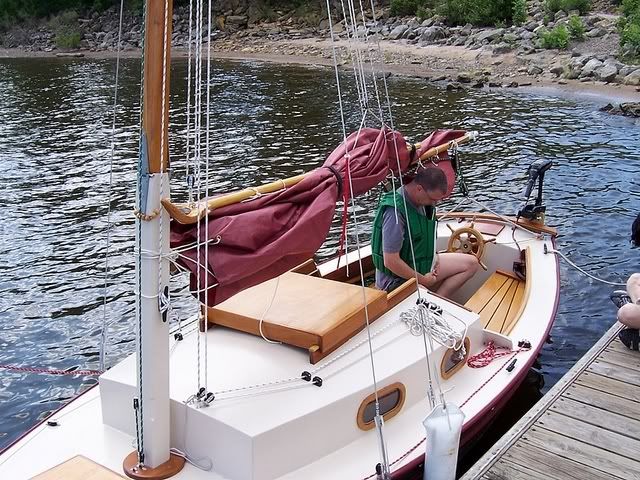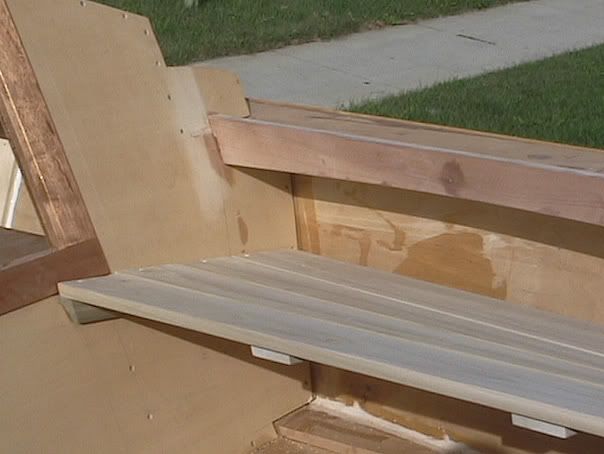brianhabby
Established Member
Hi there,
Just been watching Norm and he uses a lot of poplar as a secondary wood. He often uses it for projects that will be painted as he claims it takes paint very well.
I've never seen poplar advertised for sale and I'm sure I've read somewhere that poplar is the same as tulip wood but I can't imagine getting any wood from the tulips in our garden, so where does this wood come from. Is there such a thing as a tulip tree?
regards
Brian
Just been watching Norm and he uses a lot of poplar as a secondary wood. He often uses it for projects that will be painted as he claims it takes paint very well.
I've never seen poplar advertised for sale and I'm sure I've read somewhere that poplar is the same as tulip wood but I can't imagine getting any wood from the tulips in our garden, so where does this wood come from. Is there such a thing as a tulip tree?
regards
Brian


































